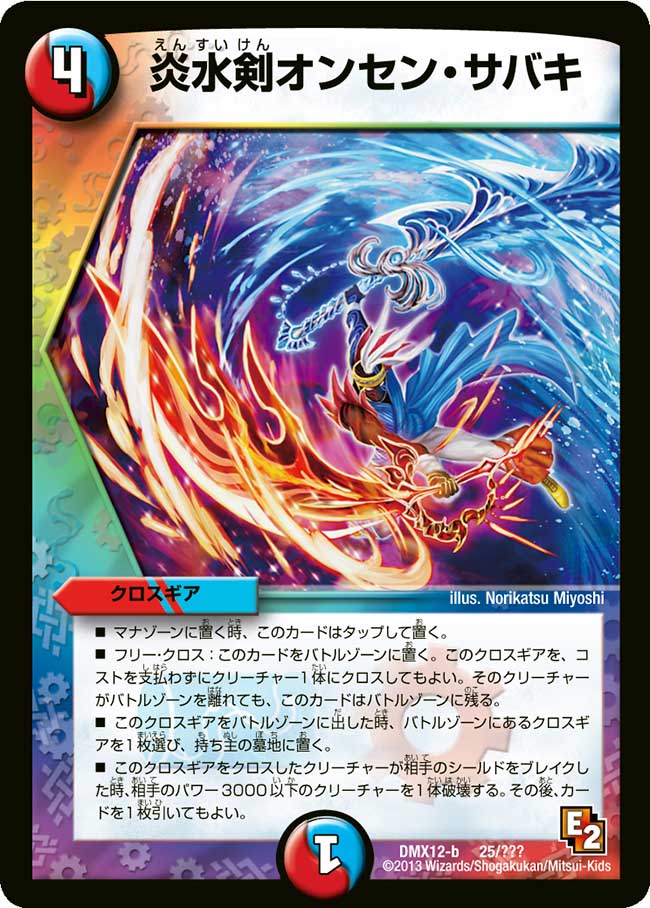

This appears to be the typical foot work used in many styles of karate where one slides the back foot up to the front foot and then steps forward (sort of a zig zag). The categories seem to be as followsĪyumi Ashi=basic step. The book Aikido refers to footwork as Ashi-sabaki. In Doshu's book New Aikido foot work in general is referred to as unsoku. What would you call a step and a pivot then? (like in iriminage) Thanks for your help guys, I think it is a bit clearer to me now. Our Sensei always uses the phrases te sabaki-hand movement.tai sabaki-body movement, oshi sabaki-foot movement. More specifically, I have heard the "tenkan" footwork being described as pivoting on one foot while the other foot sweeps behind - ie if two are done successively, it's kind of like drawing a circle/ellipse on the mat with one leg while the other stays in the center. I'd probably refer to "footwork" as "ashi sabaki" and probably say that "tai sabaki" more means "body movement." Both, to me, are general terms referring to a group of movements like "tenkan, " "irimi, " "tenshin, " "tenkai, " and so on. I used to think that tai sabaki was just a general word for footwork. Another instructor sort of agrees but always notes that it is really the other way round.

One instructor teaches that a pivot on one foot is called tai sabaki while a pivot with a step is tenkan ashi. Moving uchikomi helps to develop good tsukuri and kuzushi, but it is necessary to do nage-komi or complete throws to sharpen up your kake.There is an ongoing discussion in our dojo about the names for footwork. This completion of the throwing action or finish is called kake. When uke is properly taken off balance the completion of the throw is relatively simple. Good kuzushi is usually achieved by effective tsukuri, which means using the entire body with a strong grip on the judo gi to get an opponent off-balance. The hand which holds uke’s sleeve is called the hikite and makes a long pull, tori’s elbow rising to shoulder height and pulling uke’s arm across tori’s chest. The hand holding the lapel is called the tsurite and makes a circular fishing action as when preparing to cast a line which either helps to turn uke or controls his head by turning from a pull into a push under the jaw. The actual pulling action which achieves the balance breaking is called tsukuri and is the combination of hands working together and body movement slotting into the right position.

This is usually achieved by a combination of pushing and pulling, together with skilful body movements. On attempting any throw tori must break uke’s balance if the throw is to be successful. This is one of the fundamental principles of judo and is intrinsic to all throwing techniques. Ushiro sabaki is a back step used to draw an opponent on to a forward technique. Maesabaki is a front step and half-turn used for throws like hiza-guruma and sasae-tsuri-komi-ashi. The most commonly used is a front turn stepping-in pattern, mae mawari sabaki, which tori can use against a stationary or retreating opponent and is the pattern employed in forward throws like seoi-nage, harai-goshi and tai-otoshi.

These footwork skills combine with three basic footwork patterns that allow tori to turn in for or attempt the various throws. There are two basic methods of walking: ayumi-ashi, or normal walking, where one foot is placed in front of the other, and tsugi-ashi, or following footwork, which involves advancing or retreating on one foot and then drawing the other foot level. Tai-sabaki, or body movement, involves taking a grip and moving to set up the opponent to be thrown.


 0 kommentar(er)
0 kommentar(er)
